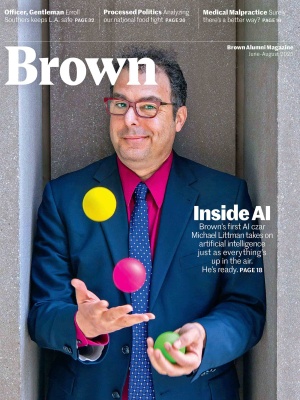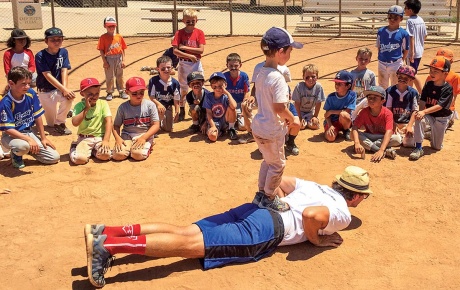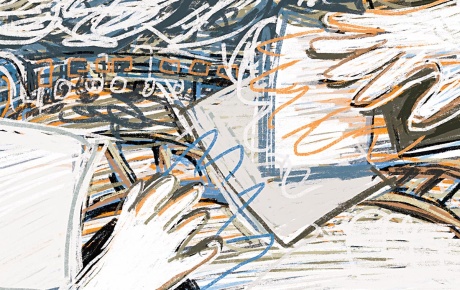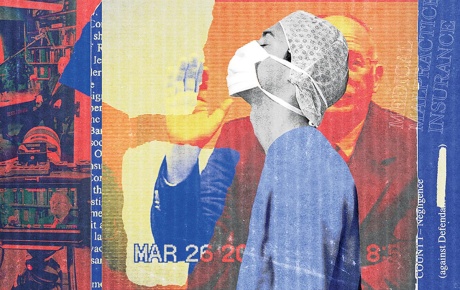Future Vision
Helping low-income kids see themselves as college material
It’s 5 pm on a Tuesday and a dozen teenagers are sitting around a conference table talking and laughing. Banners from elite universities line the wall. The students spent the last two hours working on their Common Application, a form they can use to apply to hundreds of colleges around the country at once. This is one of many tools College Visions, a Rhode Island nonprofit, uses to help young people from low-income families, mostly Black and Latino students, get into college.
Executive director Lamont Gordon ’93 has devoted his entire career to college access work. After years in New York and Boston, he’s back in Providence.
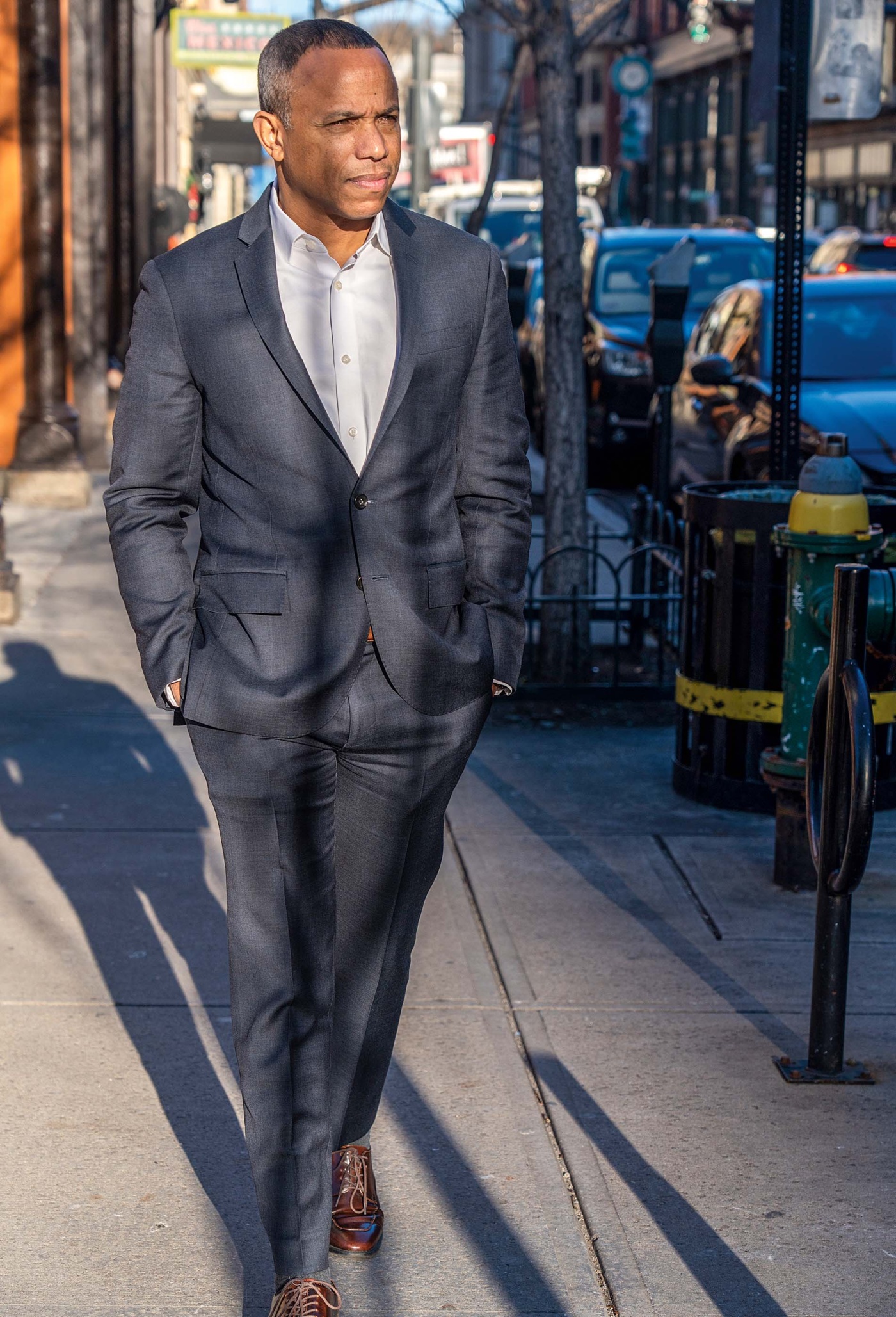
This work is personal for Gordon, who grew up in Washington, D.C., with a single father. “It was rough,” he says. “Between first and eighth grades, I went to seven different schools because we had to move whenever we couldn’t pay rent. We had to live in a car for a while.” During this time of disruption, Gordon felt that his education was one thing he could control.
With encouragement from an academic enrichment program, Gordon was accepted to a private boarding school. “Milton Academy was pivotal,” he says, “because it gave me stability for the first time in my life and it gave me a rigorous college prep education and strong college guidance services.”
When it came time to apply to colleges, he was struck by the diversity on Brown’s campus and liked that the Brown community was politically active. “I appreciated all of that. I was very much committed to making a difference.”
Gordon spent much of his time as an undergrad off campus at the Big Brothers program and eventually started his own mentoring program. “The Swearer Center was a big part of my experience at Brown,” he says. “It provides lots of opportunities for students to engage in both scholarship and service.”
Helping students from historically underrepresented groups (HUGs) get into college just got even more challenging—the consequences of the Supreme Court decision ending race-conscious admissions can already be seen. Data shows that over the past year, Brown admissions for HUGs dropped from 27 percent to 18 percent. In that same time, Black student enrollment dropped 40 percent.
However, the decision has changed college access work in at least one encouraging way. Gordon says universities that want to maintain diverse student bodies are now doing direct outreach in Black and Brown communities to diversify the applicant pool itself.
“I appreciate the fact that elite schools are trying to establish more partnerships with community based organizations,” he says. “These schools need to send the message that they want these students. They need to say ‘this is a place for you.’”

